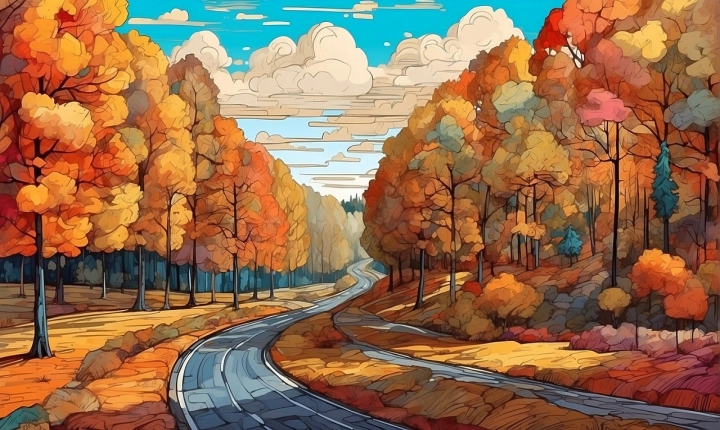Title: How to Generate Your Own AI Image
In today’s digital world, advancements in artificial intelligence have opened up a realm of possibilities, including the ability to generate stunning and realistic images using AI algorithms. This technology has become increasingly accessible, allowing individuals to create their own unique and captivating visuals. Whether you’re an artist, designer, or simply someone curious about AI, generating your own AI images can be both rewarding and fun. In this article, we’ll explore how you can tap into the power of AI to create your own personalized images.
1. Choose a Suitable AI Platform
First, you’ll need to select a suitable AI platform that specializes in image generation. There are several popular options available, each with its own unique features and capabilities. Some of these platforms include DeepArt, RunwayML, and Artbreeder. These platforms offer a range of tools and techniques for generating AI images, and choosing the right one will largely depend on your specific needs and preferences.
2. Understand the Basics of Image Generation
Before diving into the process of generating AI images, it’s beneficial to have a basic understanding of how the technology works. Image generation involves using deep learning algorithms, such as generative adversarial networks (GANs) or variational autoencoders (VAEs), to create new images based on existing data. These algorithms are trained on vast datasets of images, enabling them to learn and generate visuals that mimic the style and characteristics of the input data.
3. Input Your Desired Parameters
Once you’ve chosen an AI platform, you can start the process of generating your own AI image. Typically, these platforms allow you to input various parameters, such as style, color, texture, and other visual elements, to guide the image generation process. You can experiment with different combinations of parameters to achieve the desired look and feel for your AI image.
4. Iterate and Refine
Generating AI images often involves a process of iteration and refinement. After generating an initial image, you can analyze the results and make adjustments to the parameters to fine-tune the image to your liking. This iterative process allows you to explore different artistic possibilities and create images that resonate with your artistic vision.
5. Incorporate Your Own Creativity
While AI platforms provide powerful tools for image generation, it’s important to remember that your own creativity and artistic sensibilities play a significant role in the process. Experiment with different inputs, combine various styles, and explore unconventional approaches to image generation to unleash your creative potential.
6. Share and Showcase Your Creations
Finally, once you’ve generated your AI images, don’t hesitate to share and showcase your creations with the world. Whether you create digital art, illustrations, or abstract visuals, sharing your AI images can inspire others and spark conversations about the intersection of technology and art.
In conclusion, generating your own AI images is an exciting and accessible endeavor, thanks to the advancements in AI technology. By choosing a suitable AI platform, understanding the basics of image generation, inputting your desired parameters, iterating and refining your creations, incorporating your own creativity, and sharing your creations, you can embark on a captivating journey of AI-driven image generation. So, unleash your imagination, experiment with AI tools, and let your artistic visions come to life through the power of AI image generation.
